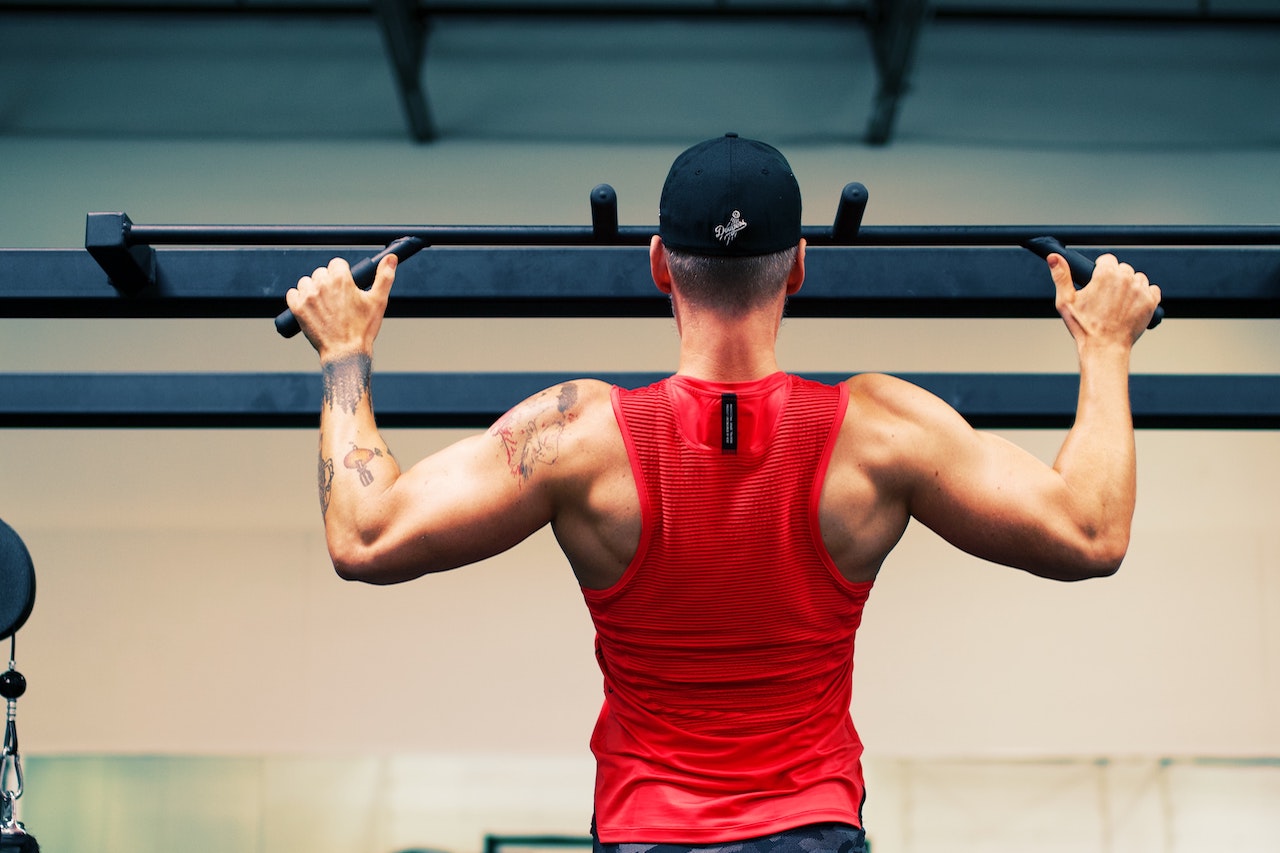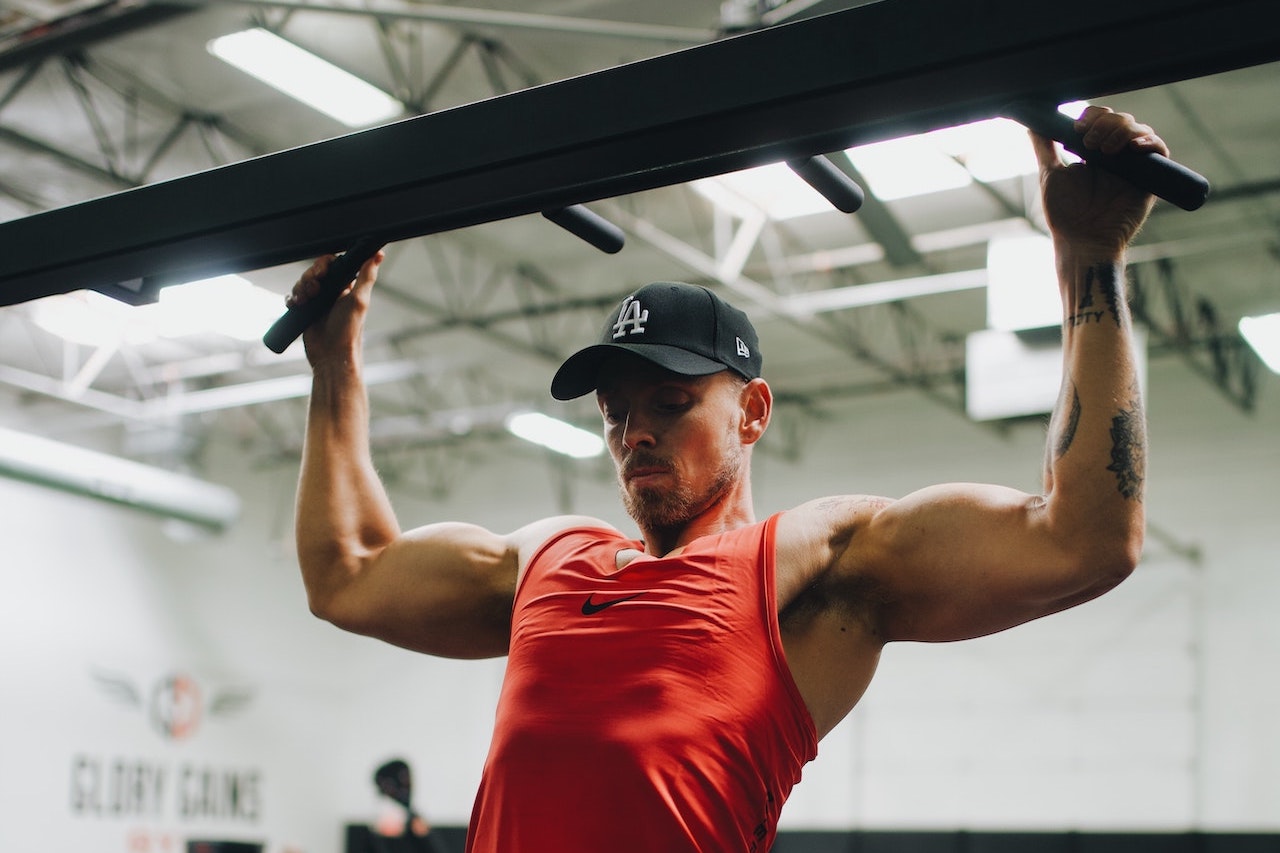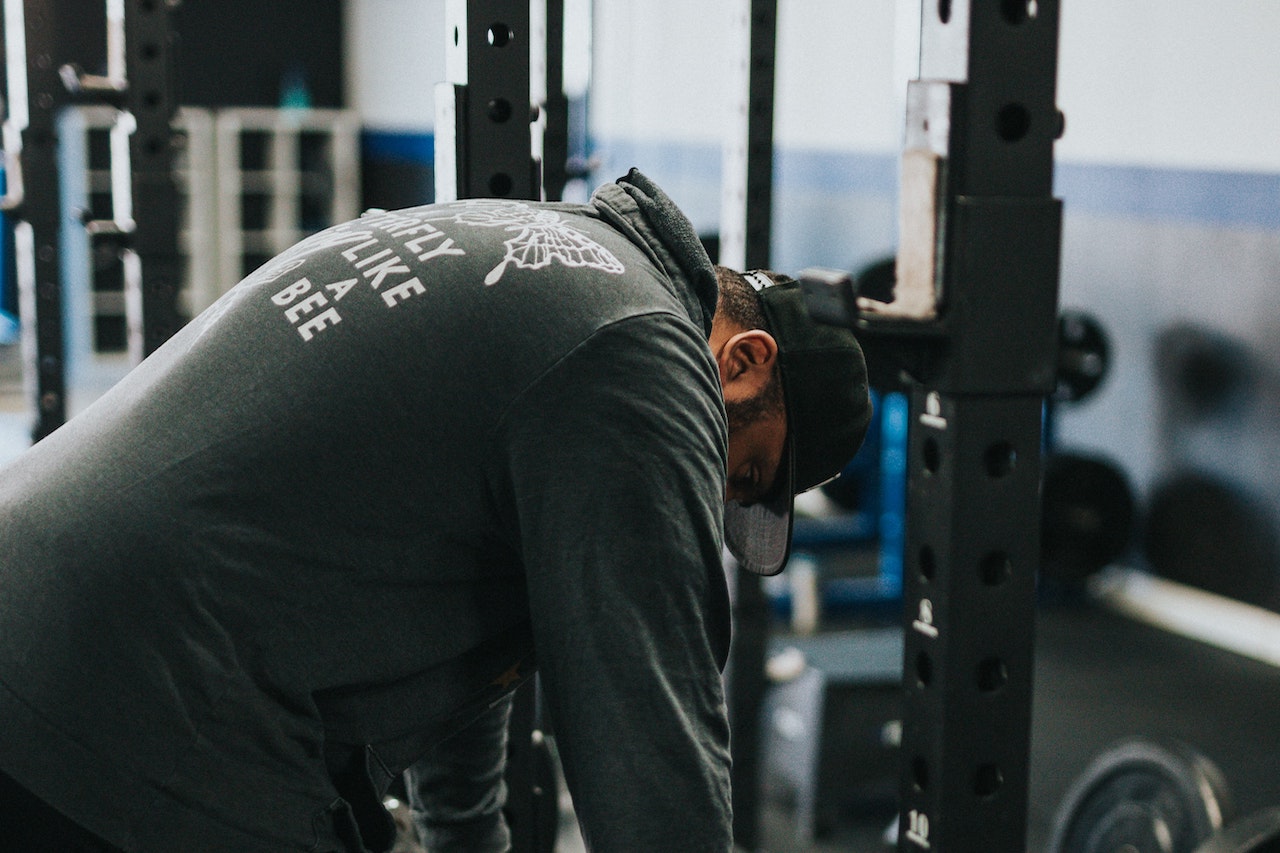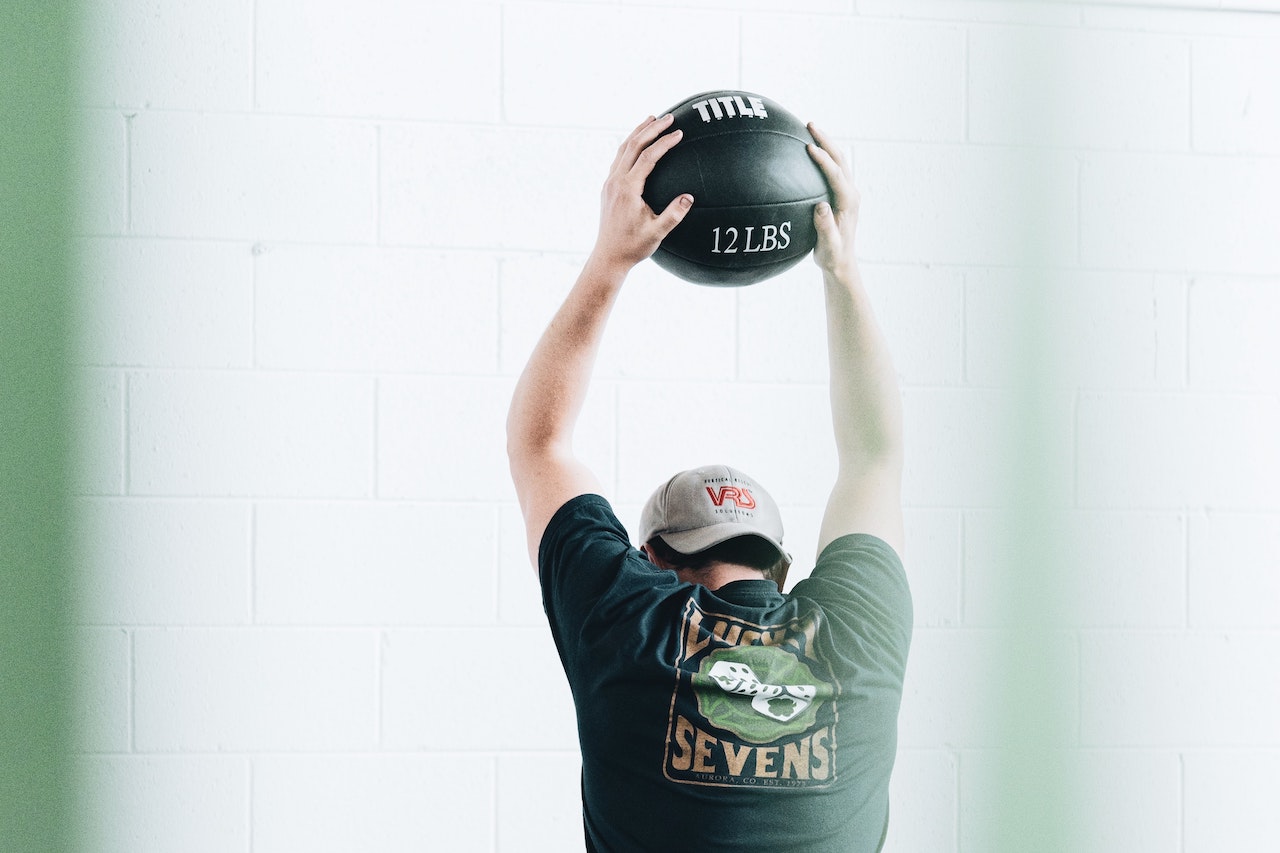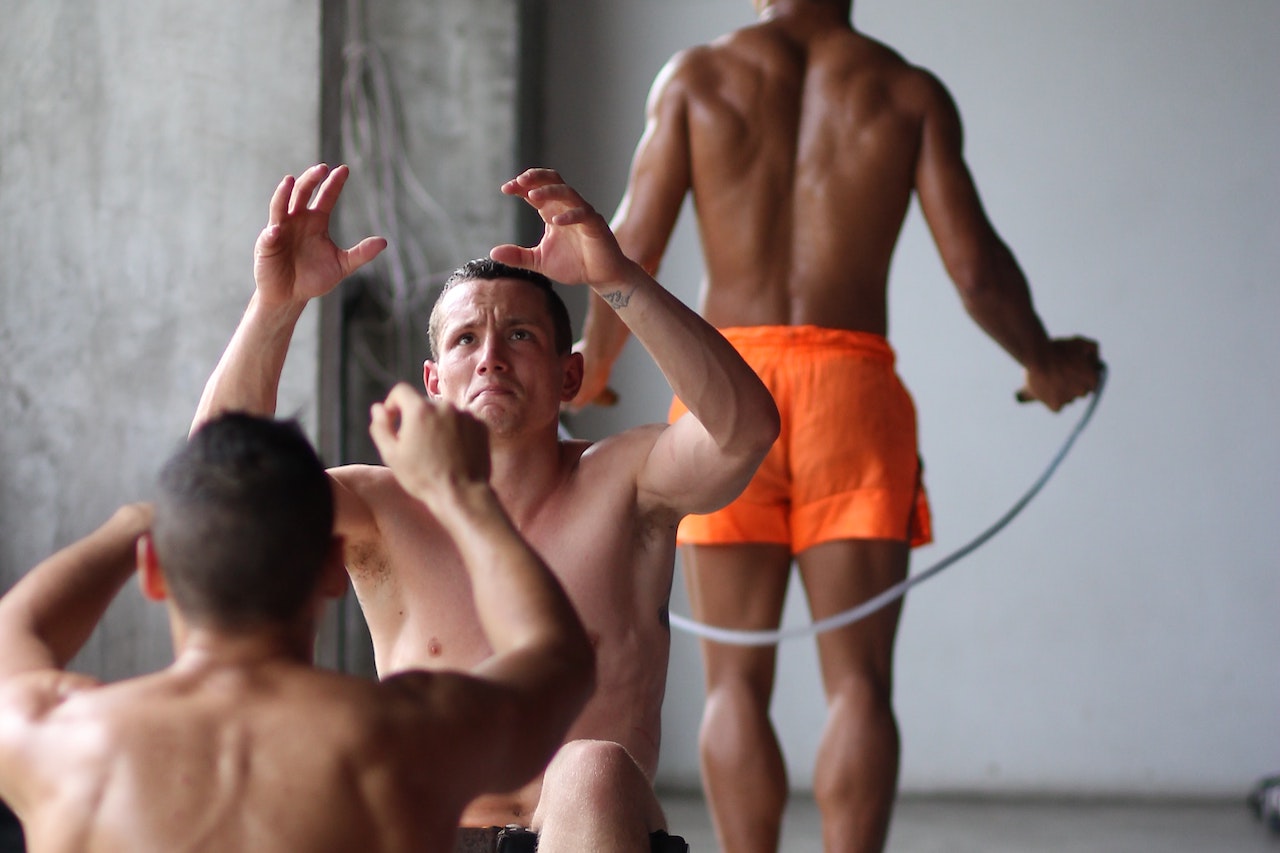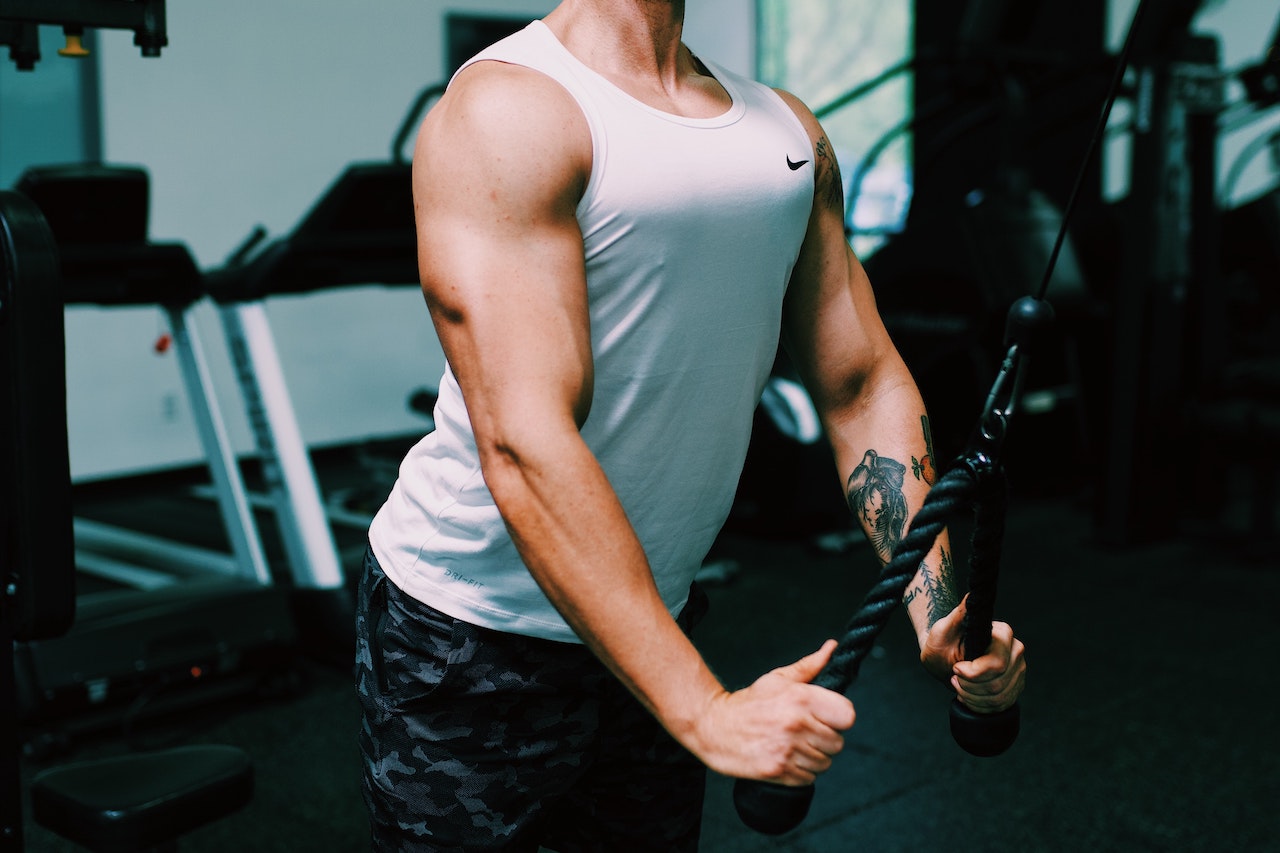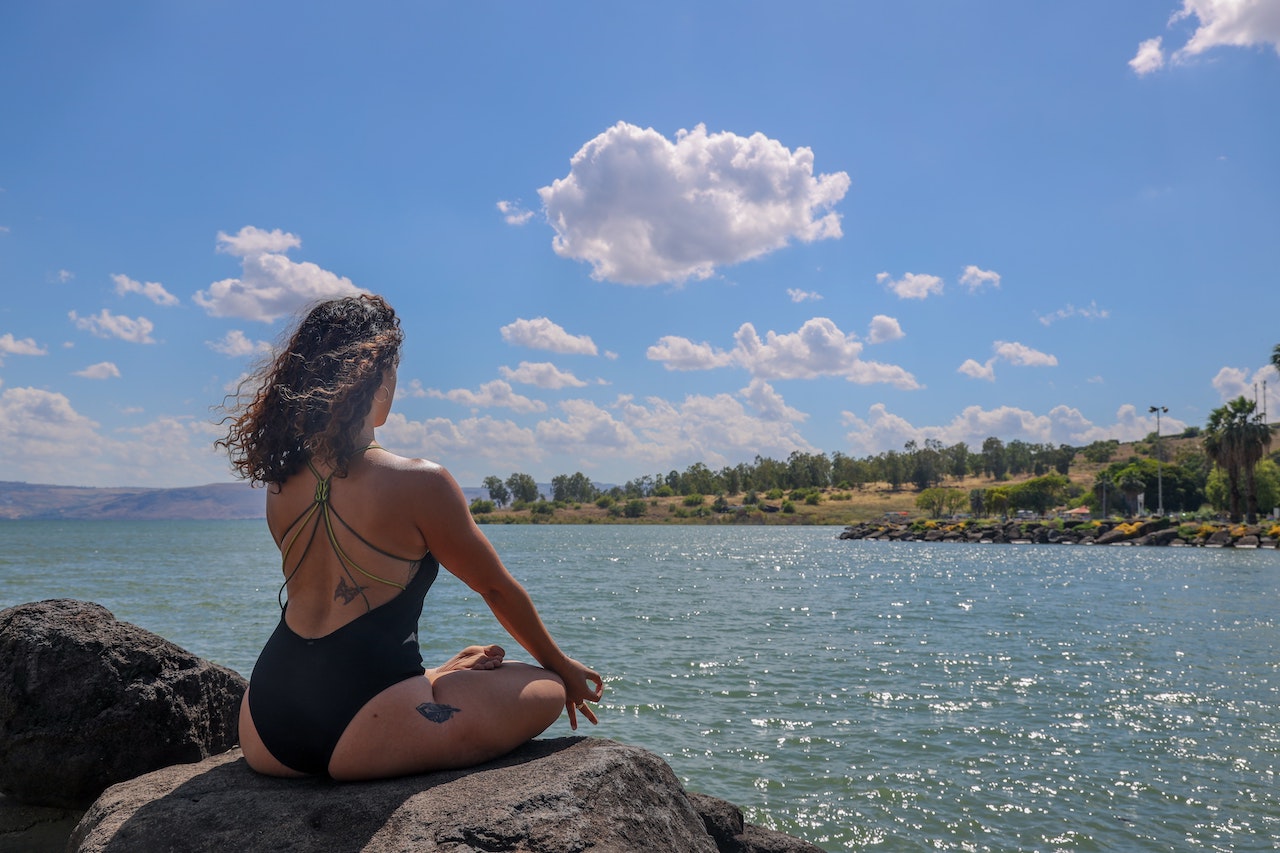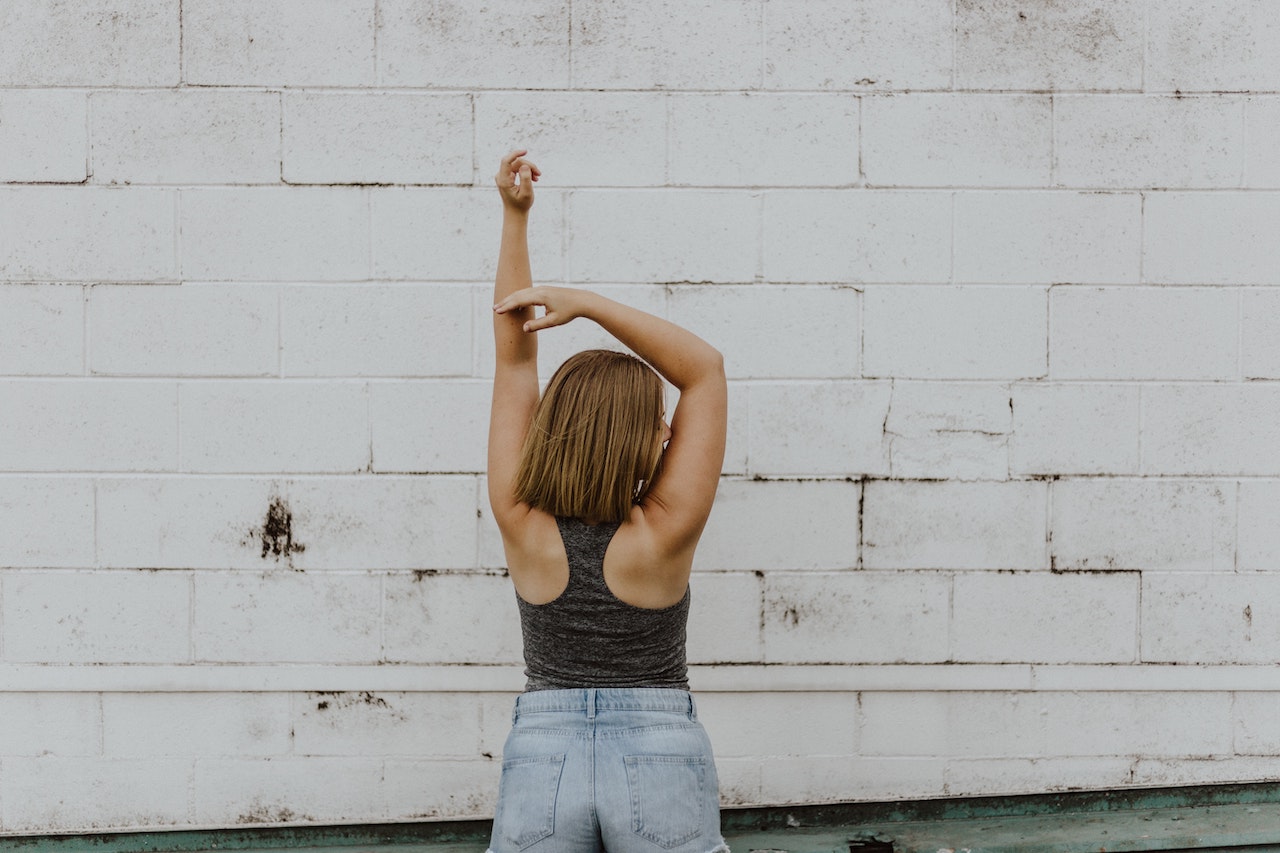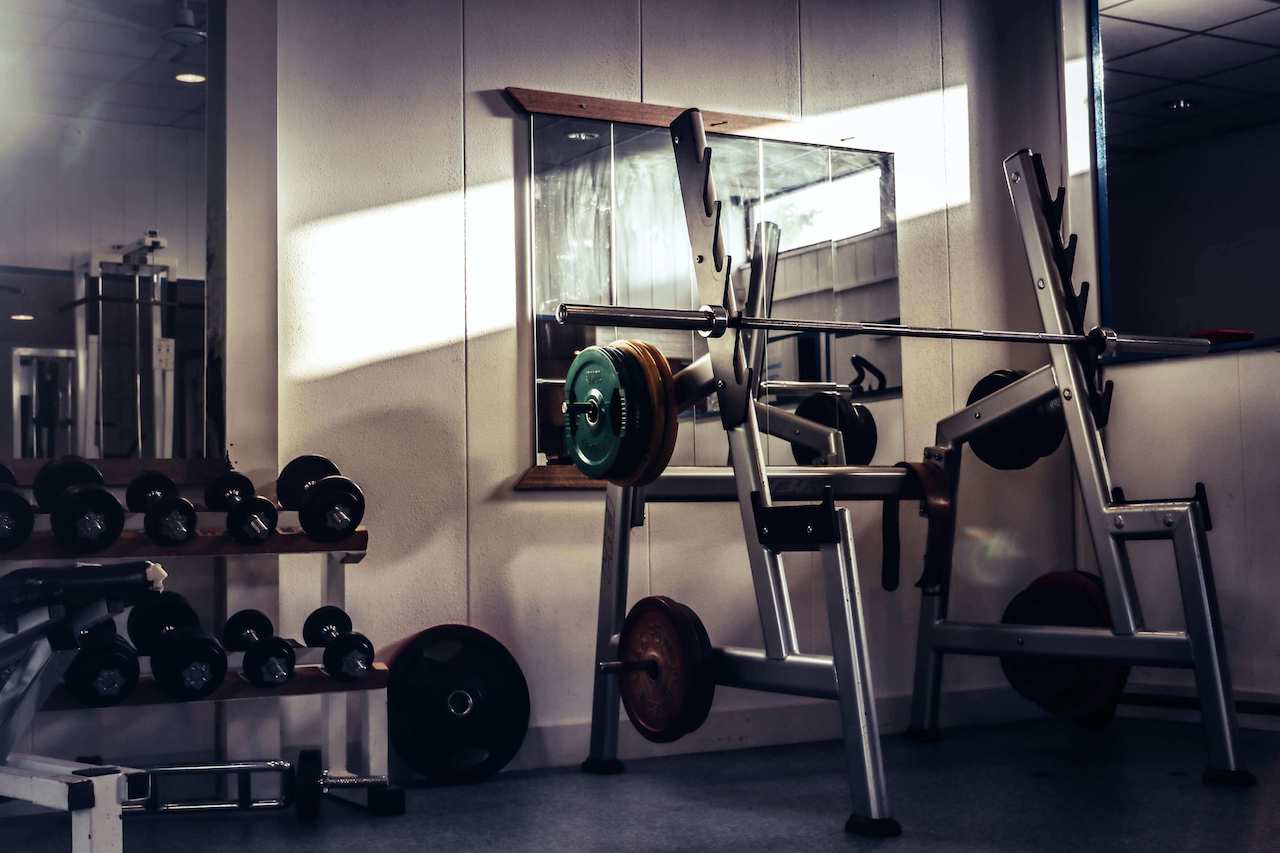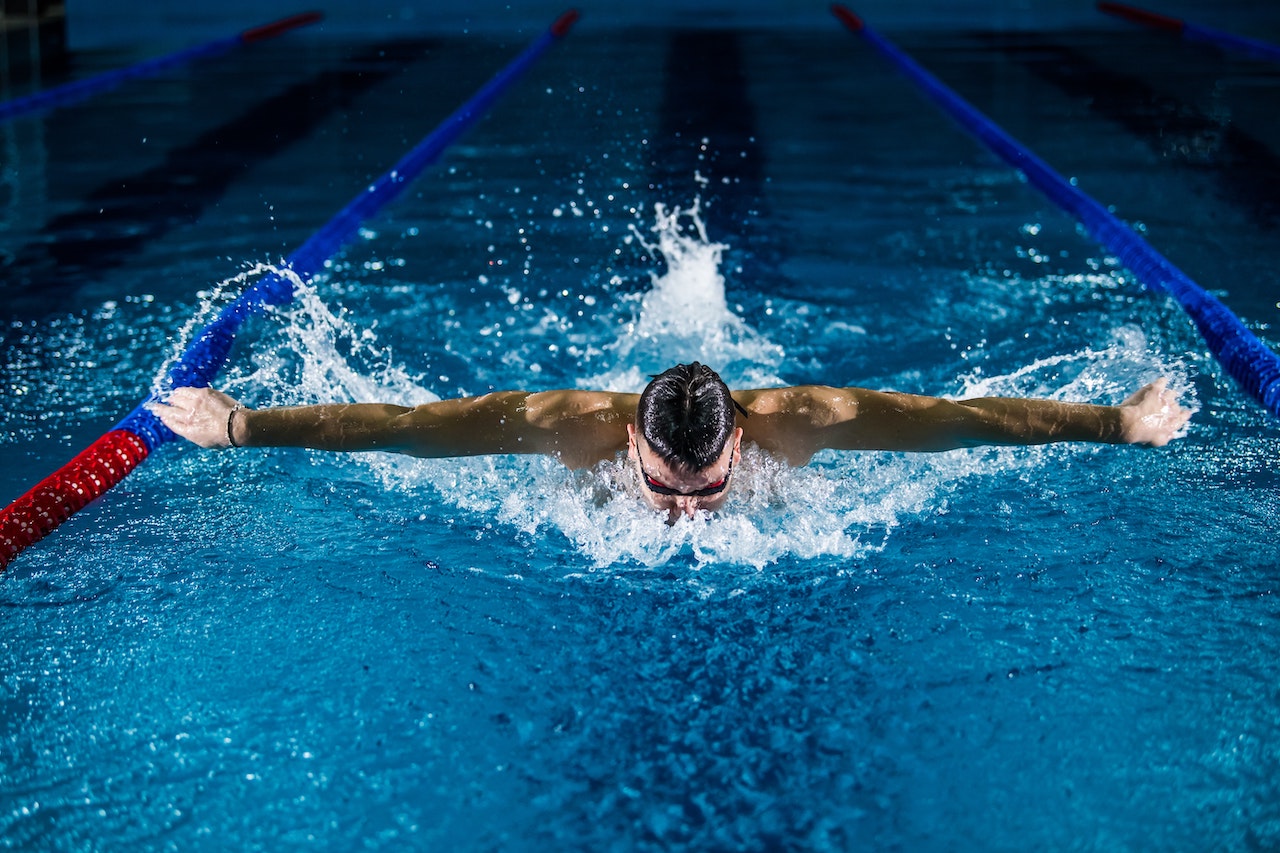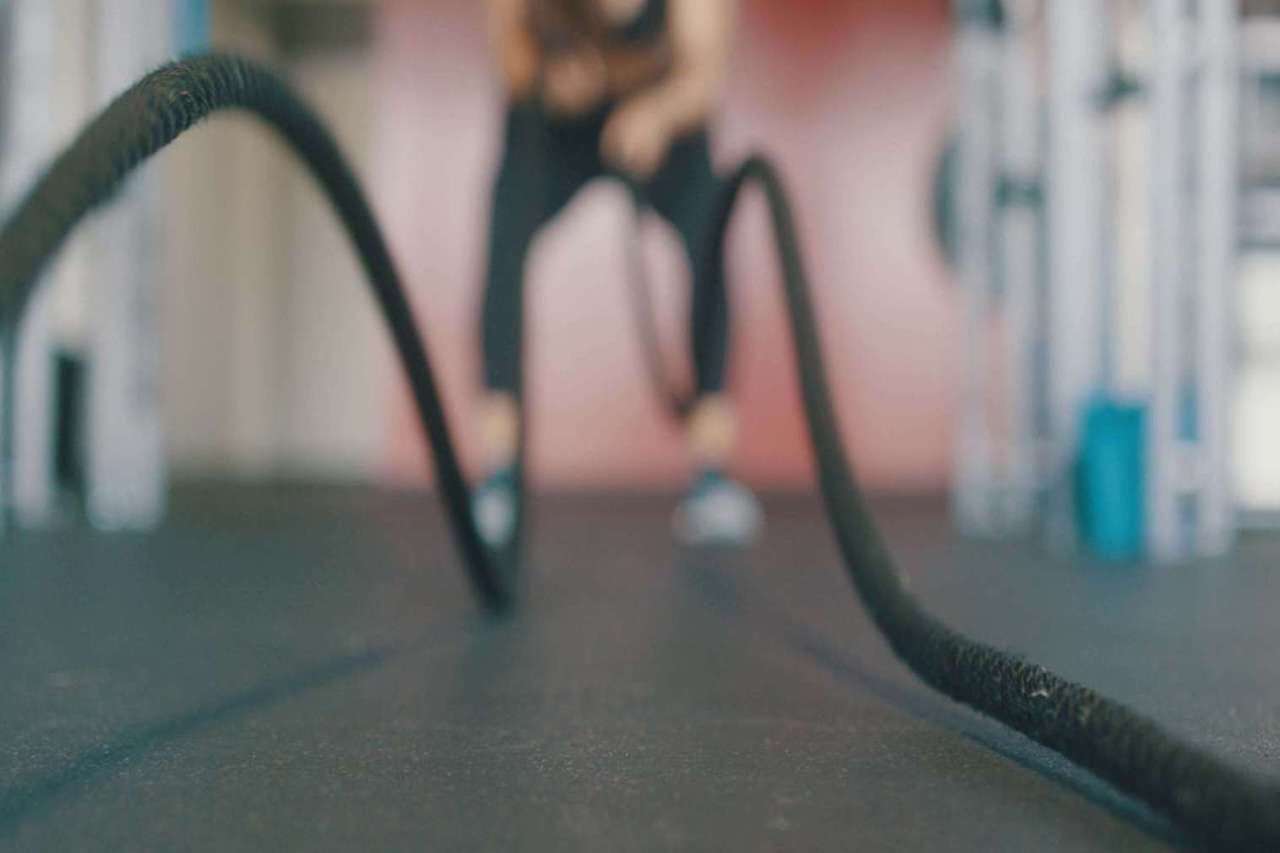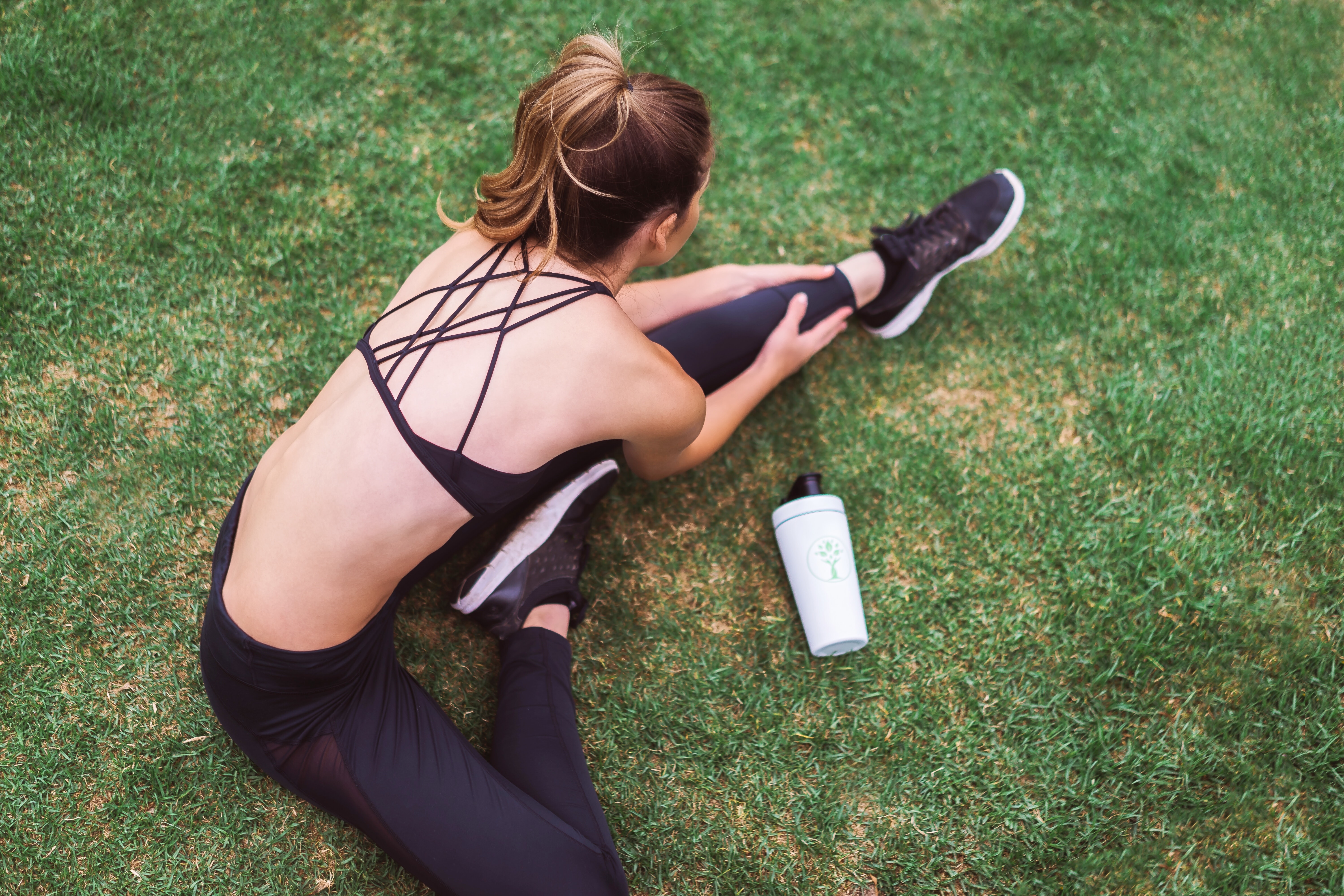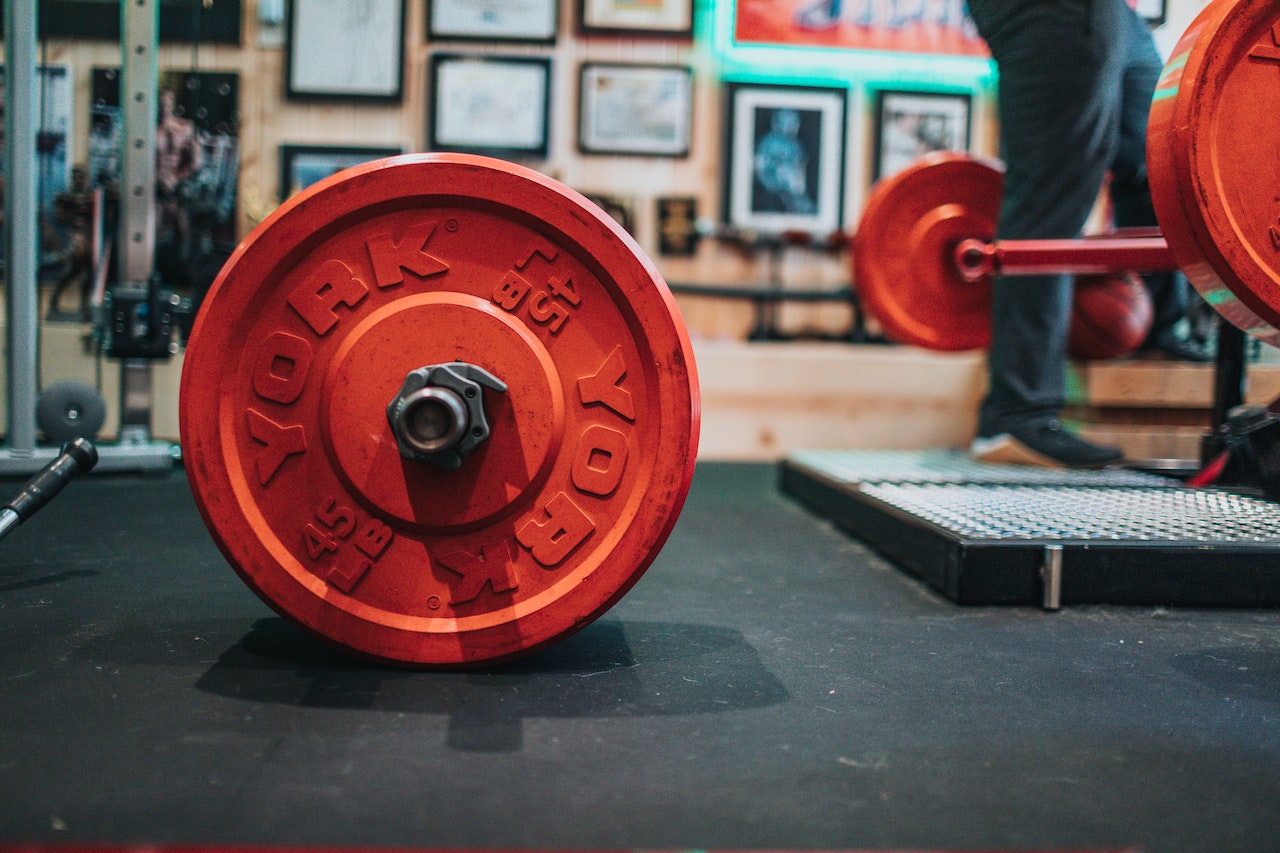If you had limited options and only one area to train twice a week, which one would you pick? High achievers love to train their backs, and if you are debating between chest and back training, then back training is the smarter choice for you.
Every little bit of progress in your back is important. Wide back muscles are impressive and back training is not just about pull-ups and barbell rowing, the ropes can blow it up as well.

training involves stimulating both primary and secondary muscles to build a stronger back. To balance and build strength you need to combine a variety of back training movements that target the upper and lower back muscles, including the latissimus dorsi, upper and middle back, lower back and all secondary muscles in between.
Incorporating rope equipment into your back training will increase your strength and muscle mass, and it will also give better results when doing major fitness movements such as hard pulls or bench presses.

1. Straight arm pulldowns
the straight arm pull down is a great rope movement to isolate and train the latissimus dorsi.
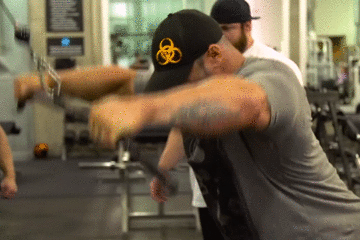
1. Using a straight bar, grab the top of the bar and pull down towards your thighs with your hands shoulder-width apart.
2. Keep your core tight throughout the movement and focus on the latissimus dorsi muscles.
3. Some people flex their hips to increase range of motion and hip-extend at the highest point of the shoulders. If this is your first practice, keep the weight lighter to prevent arm flexion and engage the correct target muscles in the movement before increasing the load.
2. Rope face pull
the rope face pull is a great movement to train the posterior deltoid, rhomboids, rhomboids and rotator cuff muscle groups.
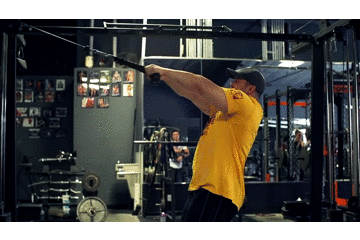
1. Attach the rope to the pulley so that the height of the pulley is at eye level.
2, pull the rope straight towards your face, keeping your elbows up and out to the sides.
3. As you pull back, separate your hands until your elbows are slightly back and your hands are on either side of your head.
4. Move slowly and with control. The rope face pull is suitable for both shoulder and upper back training.
3. Narrow grip high pull-downs
the narrow grip high pull down is an effective compound movement that stimulates the upper latissimus dorsi and increases strength throughout the back. Using a narrow grip grip increases the range of motion of the elbows. This exercise is performed seated, with the legs under the mat.
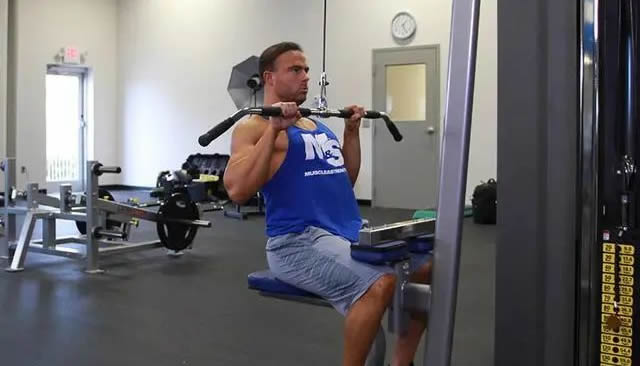
1. Grip narrowly, with a grip as wide as or a little narrower than your shoulders.
2. Tighten your core, keep your chest up and when the bar is pulled down, the bar is against your pecs
3. Be sure to engage the latissimus dorsi muscles.
4. When the bar touches your chest, slowly let it return to the starting position, keeping tension throughout the movement.
4. Wide grip high pull down
the most effective back exercises definitely include pull-ups or high pulldowns, which mainly train the muscles of the upper back. In this simple movement, the pull-down helps to build muscle groups and can work several muscles.
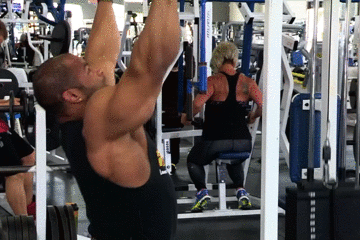
high pulldowns with a wide grip target the latissimus dorsi and the secondary muscles of the rhomboids, rhomboids and deltoids. It is to be done with correct posture and is to be done in slow and controlled movements. Throughout the movement, the hips should remain in the seat; the chest should be raised; and the elbows squeezed down towards the tailbone.
* important: When doing a wide grip high pull down, do not pull the bar behind the neck as this will negatively affect the rotator cuff muscle groups.
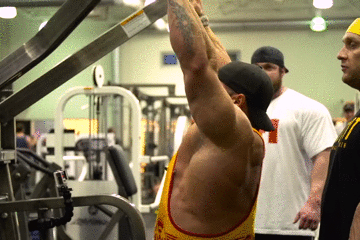
5. V-handle high pull-downs
the v-handle high pull-down effectively stimulates the latissimus dorsi, while training the lower and middle trapezius, rhomboids.

1. Unlike the forward and reverse grip high pull down, the narrow high pull down uses a v-bar with both hands facing each other.
2. Lean back slightly, sit with your knees fixed under the mat, then contract your shoulder blades so that the bar is facing your chest.
3. Keep the elbows tucked in throughout the movement and focus on squeezing the latissimus dorsi.
6. Reverse grip high pull down
the reverse grip latissimus dorsi pull-down brings the elbows closer to the body, thus focusing more on the lower latissimus dorsi. It is similar to the narrow grip high pull down in that the grip changes from palm out to palm facing you. Keep your shoulder blades tight and do not use borrowed strength to pull the bar.
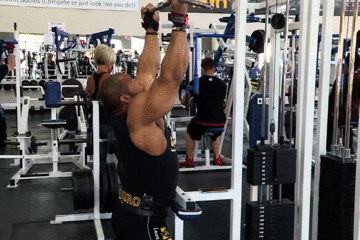
7. Seated rope rowing
the seated rope row is another popular back rope movement. It mainly trains the latissimus dorsi, middle back and oblique muscles. Some secondary muscles are also involved, such as the posterior deltoid and biceps.
1. The seated rope row can be used instead of, or in addition to, a strengthened version of the dumbbell row and the barbell dip row.
2. Tighten the scapulae backwards on each type of row to maintain a strict movement position.
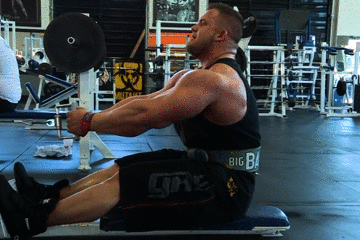
8. One-arm seated rope row
the one arm seated rope row is a variation of the seated rope row that works one side at a time. Using this method, you can get a greater range of motion, maximise contraction of the back muscles and increase trunk rotation will additional training of the core.
1, do a one arm rope row, keeping the shoulders tucked back.
2, rotate your wrists as you pull backwards and remember to keep your elbows close to your body when releasing the rope.
3、it is a good complement to your body if you have stronger muscle strength on one side of your body. One-arm movements can balance your strength.
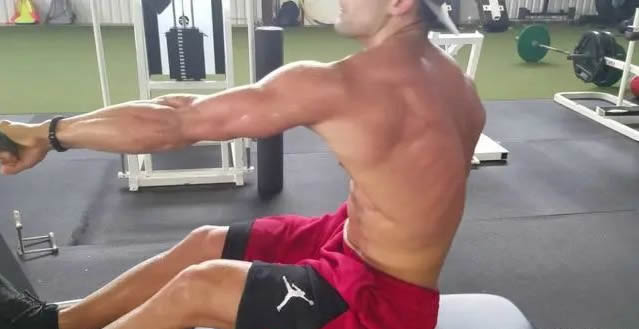
9. Wide grip seated rope row
the wide grip row will train more of the upper back muscles including the rhomboids, rhomboids and posterior deltoids. This rope apparatus movement is great for upper back thickness training and also helps correct body posture issues, especially for those who do a lot of bench pressing.
1. Stay seated and grab a straight bar with a grip a little wider than shoulder width.
2, lift your chest, sink your shoulders and arch your back slightly.
3. Slowly and fluidly pull the bar towards your chest, squeezing and contracting your muscles before the weight returns to the starting position.
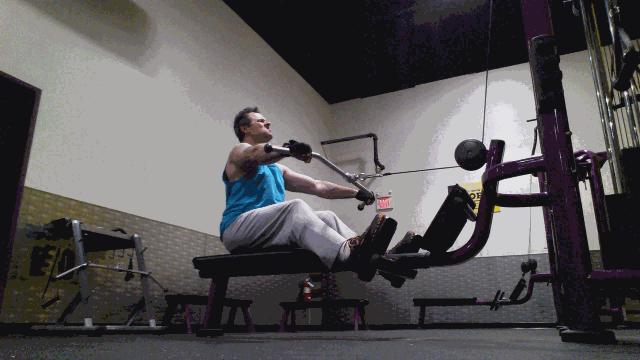
10. Rope reverse flying bird
the rope reverse fly is a great finishing move and highly concentrates on the rhomboids and posterior deltoids. Start with light weights until you feel comfortable with the movement before adding more weight. Too much weight and moving too fast will shift the focus of the movement to the arms rather than the rhomboids.
1, stand facing the gantry with the pulleys at shoulder height and grab the ropes with both hands, crossing them in front of you.
2, step back away from the machine and allow the ropes to pull tight and to the sides.
3. Keep your upper arms at shoulder height on a horizontal plane and maintain a slightly bent elbow position throughout the exercise.
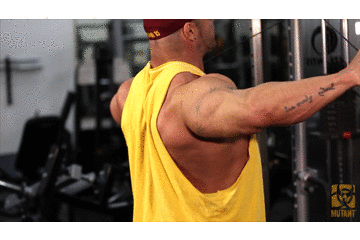
back rope training programme
training movement no. Of sets no. Of reps
wide grip high pull down 4 8-10
reverse grip high pull down* 4 8-10
straight arm pull down** 5 12-15
rope face pull*** 4 15
seated single arm rope row **** 5 10-12
band * no. 1: For maximum stimulation in the upper back, form a superset of movements 1 and 2, do a set of wide grip high pulldowns followed immediately by reverse grip high pulldowns.
Band ** no. 1: Concentrate on mobilising the latissimus dorsi to pull the bar down, not the arms.
Band *** no. 1: Keep the weight light until you are comfortable with the movement. Remember to maintain a slow, controlled movement throughout the movement and do not allow the elbows to bend downwards.
Band **** no. 1: Can be done sitting or standing, emphasising the centrifugal phase of the movement.

the back is one of the largest support systems for your body's skeleton and stimulating the larger muscles builds strength, increases dimension and burns calories.
Most back workouts will involve standard hard pulls, pull-ups, dip rows, and one-arm rows to build muscle strength and mass. By adding these back roping movements to your routine, you will see a stronger, more developed physique that will also strengthen primary and secondary muscles, and strengthen stability muscles.
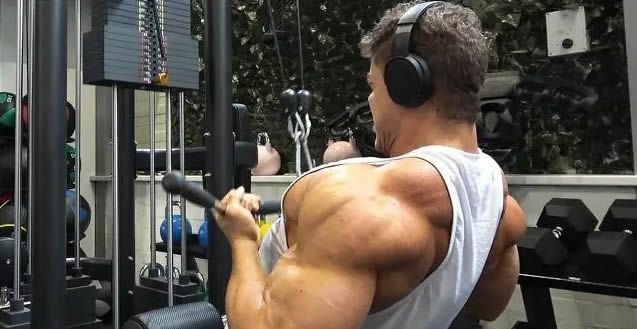
whether you're a veteran or a novice, you'll spend a lot of time whenever you train your back. Try adding the rope moves in to make it less of a chore, and start your second back workout of the week too!

